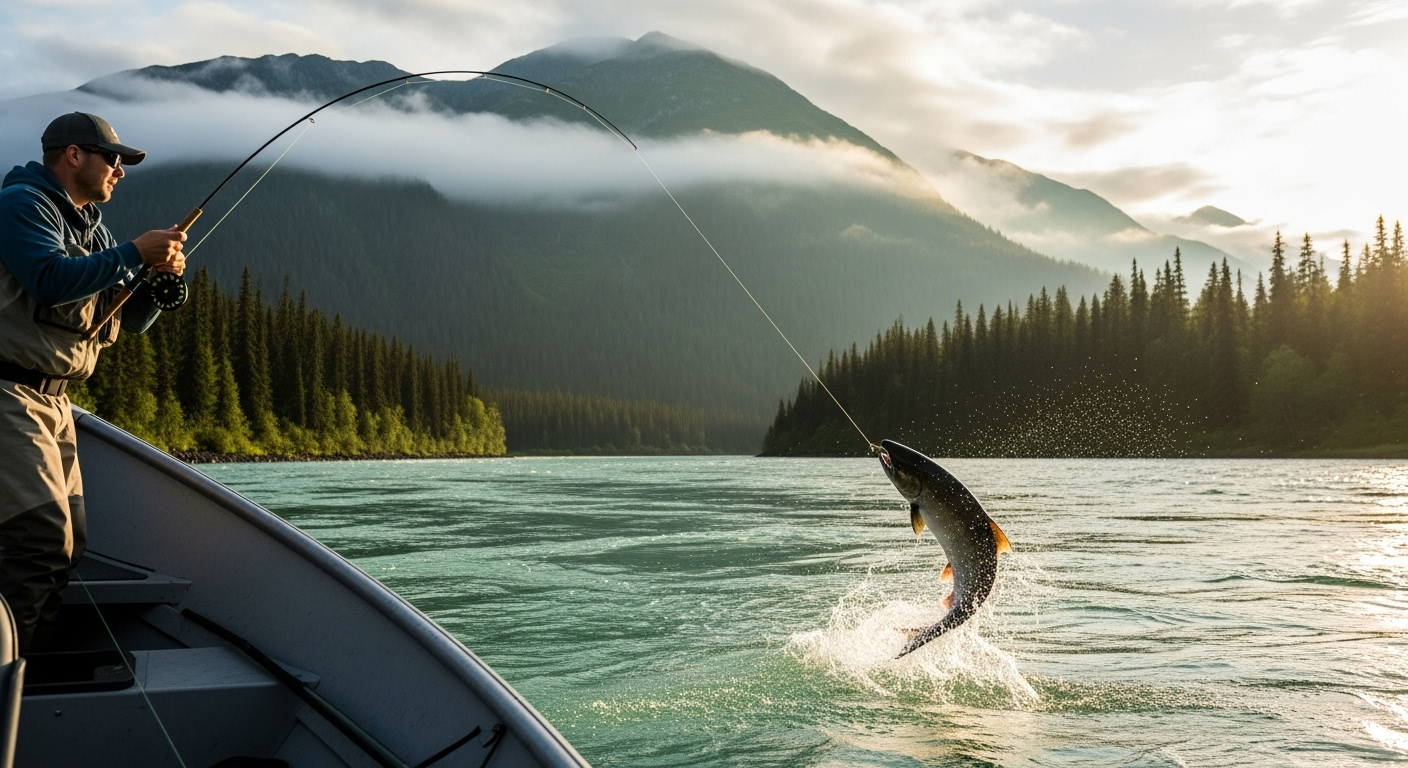Cheap Fishing Boats for Sale — Practical Guide to Finding and Buying Affordable Boats
Hunting for a workable fishing boat on a tight budget can feel overwhelming, especially with so many models, sellers, and add ons to consider. This guide breaks down the most economical boat types, what build details matter, where to find reliable listings, how to inspect used boats, and how to budget for the full cost of ownership without surprises.

Finding an affordable fishing boat is easier when you focus on essentials, understand where savings truly come from, and plan for costs beyond the sticker price. Whether you are scanning classifieds for a trusty aluminum hull or considering a portable inflatable, the right mix of boat type, seller due diligence, and a clear budget will help you avoid expensive mistakes and get on the water safely.
Types of budget-friendly fishing boats
For entry level value, four categories stand out. Jon boats are flat bottom utility boats, usually aluminum, that excel on ponds, small lakes, and calm rivers; they are simple, light, and easy to tow or cartop in smaller sizes. Skiffs are shallow draft open boats with a touch more freeboard and deck space, good for bays and flats when conditions are fair. Inflatable fishing boats and kayaks pack down for storage and transport, making them the lowest barrier to ownership. Aluminum V hull boats add better wave handling for choppier lakes while staying light and fuel efficient. Each has trade offs in stability, capacity, and comfort, so match the hull to your waters and crew.
Key features and build quality to prioritize
On a tight budget, prioritize structural soundness over extras. For aluminum hulls, look for straight seams, minimal corrosion, and solid rivet lines or quality welds. Hull thickness around 0.080 to 0.100 inch is common on small utilities. Check the transom for cracks, delamination, or flex; many budget issues start here. A readable capacity plate, adequate flotation, and sturdy cleats and bow eyes matter for safety. Simpler layouts often last longer, so basic benches and non skid decks can beat complicated add ons. If a motor is included, ensure it is an appropriate size for the capacity plate and that mounting hardware is intact.
Where to find reliable listings and verified sellers
Start with recognized marketplaces and local dealers. Boat Trader and Boats dot com aggregate dealer and private listings with filters for price, length, and hull material. Manufacturer backed dealers for brands like Tracker, Alumacraft, and Carolina Skiff sometimes carry trade ins or certified used stock with basic inspections. Community platforms such as Facebook Marketplace and regional classifieds can yield bargains, but require extra caution. Look for complete descriptions, clear photos of hull ID numbers, and sellers willing to share service records and a video of cold starts. Prefer in person transactions in public places, bring a bill of sale template, and verify title, registration, and trailer paperwork before you travel.
Used-boat inspection and common red flags
Bring a flashlight, straight edge, and notepad. Walk the hull and sight along chines for hooks or dents. Tap the transom and decks listening for dead sounds that suggest rot or waterlogged cores. On riveted aluminum, look for weeping at seams; a hose test or time afloat can reveal slow leaks. Inspect wiring for tidy runs and heat shrink connectors rather than bare twists. With outboards, check compression, lower unit oil for milkiness, telltale water flow, and idle behavior when cold. Review the hull identification number and compare it to documents. For trailers, examine tires, bearings, lights, winch, and coupler. Red flags include missing paperwork, recently painted hulls masking repairs, mismatched serial numbers, or a seller who resists a water test.
Budgeting, hidden costs, safety and outfitting
Plan beyond purchase price. Typical add ons include registration and taxes, a trailer or roof system, PFDs for all aboard, throwable device, horn or whistle, anchor and rode, dock lines, fire extinguisher where required, and basic tools. Expect recurring costs like fuel, oil and impeller service on outboards, battery replacement every few seasons, and storage or mooring if needed. As a rough guide in USD, entry level safety and outfitting can run 200 to 600, a used small trailer 300 to 1200, and annual maintenance 100 to 300 for small engines, with insurance often 100 to 300 depending on region and coverage. To anchor expectations, here are common budget friendly boats and ballpark pricing.
| Product or Service | Provider | Cost Estimation |
|---|---|---|
| Alumacraft 1436 Jon Boat | Alumacraft | New 1,500 to 2,900; used 600 to 1,500 |
| Grizzly 1436 Jon | Tracker Boats | New 2,000 to 3,200; used 1,000 to 2,200 |
| Carolina Skiff JV 13 or 15 | Carolina Skiff | Used 3,500 to 9,000 depending on rig |
| SSV 14 aluminum V hull | Lund | Used 1,800 to 4,500; new packages higher |
| Pelican Intruder 12 polyethylene utility | Pelican | New 600 to 900; used 300 to 600 |
| Excursion 5 inflatable boat | Intex | New 150 to 350 plus pump and oars |
| Sea Eagle 370 inflatable kayak package | Sea Eagle | New 349 to 499 seasonal bundles vary |
Prices, rates, or cost estimates mentioned in this article are based on the latest available information but may change over time. Independent research is advised before making financial decisions.
A clear plan helps keep purchases realistic and safe. Decide on waters you will fish, then choose the simplest hull that meets capacity and safety needs. Vet sellers, insist on documents and a water test, and budget for the whole kit including safety gear. A modest, well kept aluminum or inflatable can deliver years of fishing with minimal operating costs when you prioritize structural integrity, verify ownership, and keep expectations aligned with the total cost of ownership.




